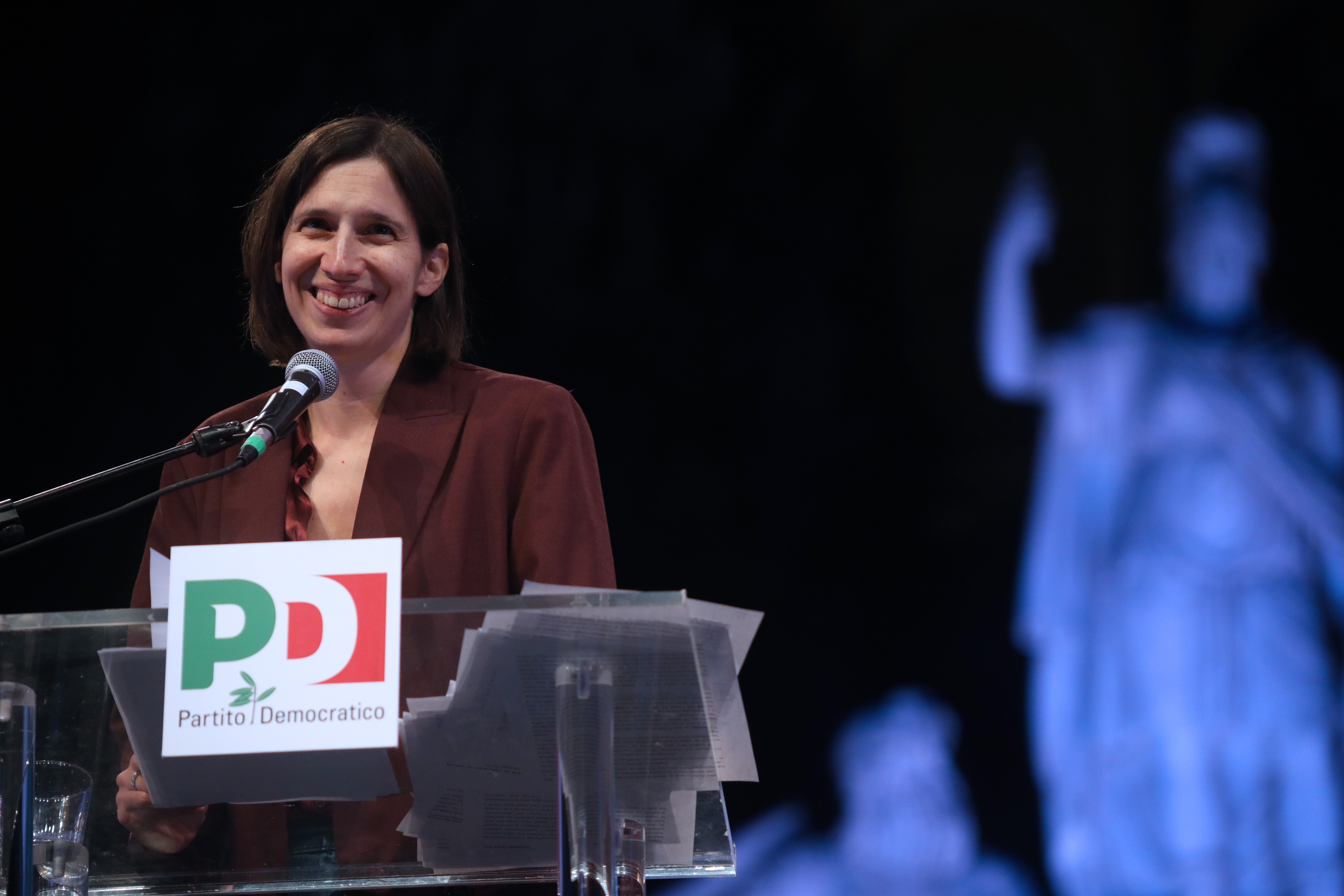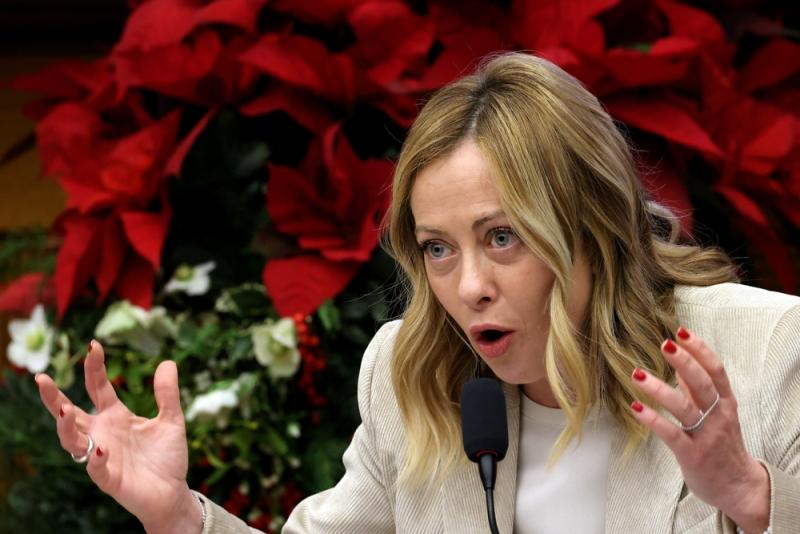Between June 6 and 9, the 27 member states of the European Union will vote for new members of European Parliament. The elections are held every five years, and each country votes for a number of MEPs based on their population size. Italy has 76 members of parliament — the third highest number in Europe.
In Italy, the top contenders are the two most powerful women in Italian politics, Giorgia Meloni, the current Prime Minister and head of the Fratelli d’Italia (Brothers of Italy) party, and Elly Schlein, leader of the Partito Democratico (Democratic Party or PD). Schlein previously held a seat in the European Parliament from 2014 to 2019.
Curious about what’s going on? Fortunately, understanding the European election process doesn’t require as many mental backflips as grasping the labyrinthian Italian political system does.
How do European Parliament elections work?
Let’s keep things simple. There are three bodies of government in the EU: the Commission, the Council and the Parliament. Parliament is the only one directly voted by citizens, and its duties include adopting and amending laws, overseeing other institutions, and setting the budget.
Each country gets to decide several factors in the voting process, like voting age and how candidates are listed on the ballot. Some countries list all the candidates, while others list only the political party. In the latter case, the number of MEPs elected from a given political party is determined by the percentage of votes that party receives.
The role of national political parties is important in the European elections because politically like-minded members buddy up to form political groups that, once seated, vie for more power — like determining the agenda and getting more speaking time. And they have a better chance of getting their candidate into the seat of the President of the Commission (a position currently held by Ursula von der Leyen). Members must find 23 members from at least seven nations to form one of these groups.
Why are Meloni and Schlein running?

You might wonder what the prime minister of Italy is doing on the ballot for a completely separate government. Doesn’t she have enough on her Italian plate? The same could be said for Schlein, as the leader of the nation’s main opposition party.
In Italy, candidates are grouped under their political party, with one person serving as lead candidate representing that party. That’s the case of both Meloni and Schlein. Meloni has long been a fervent Eurosceptic; now, though, it appears that instead of resisting the union, she wants control from within.
“We want to create a majority that brings together the center-right forces and send the left into the opposition even in the EU,” Meloni said in April.
She’s the only head of government in the EU on the ballot. But this historically isn’t that uncommon for certain Italian political leaders — ahem, Berlusconi. It’s an attempt by Meloni to use her star power to garner more votes for her party, and the move is predicted to work in her favor.
Schlein, who also hopes her candidacy will bring in more votes, comes from a party that has proudly abstained from the practice, seeing it as dishonest knowing that a candidate who already sits the highest seat of national government wouldn’t resign that role to take up their spot on the European Parliament. Schlein came under scrutiny for this choice since she serves as the head of the party.
“Why should we vote for someone to make them win, and if they win, they certainly don’t go to Europe? These are wounds to democracy that gradually dig the trench for which democracy is no longer loved,” said Romano Prodi, former prime minister and one of the founders of the Democratic Party.
What’s at stake?
There’s a lot at stake in this year’s elections as far-right politicians continue to gain ground across the member countries and within the EU government. With one eye on the wars to the east and the other on the looming elections to the west, the influence of leaders like Meloni will determine the extent of the far-right’s power in shaping the European Union in the next five years.













